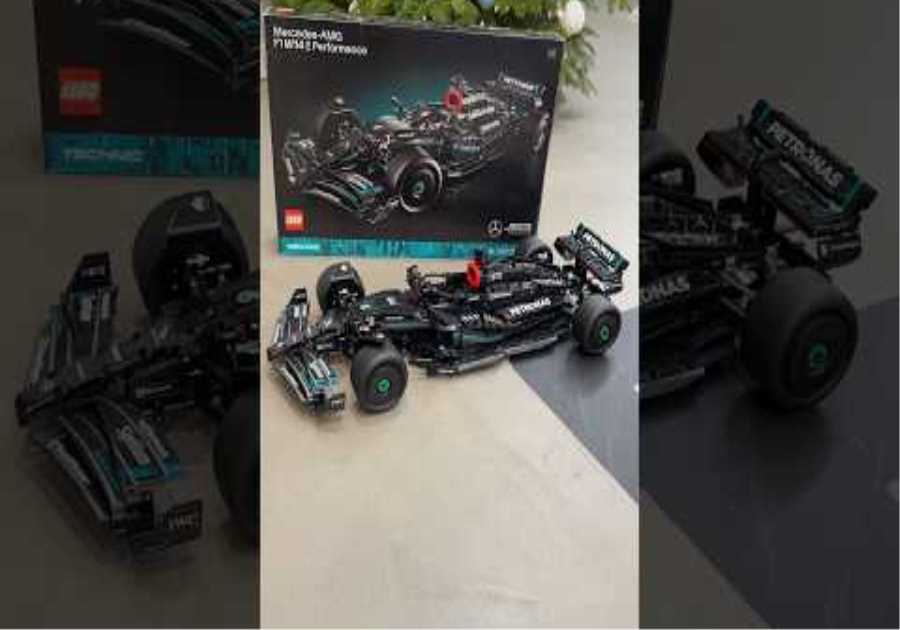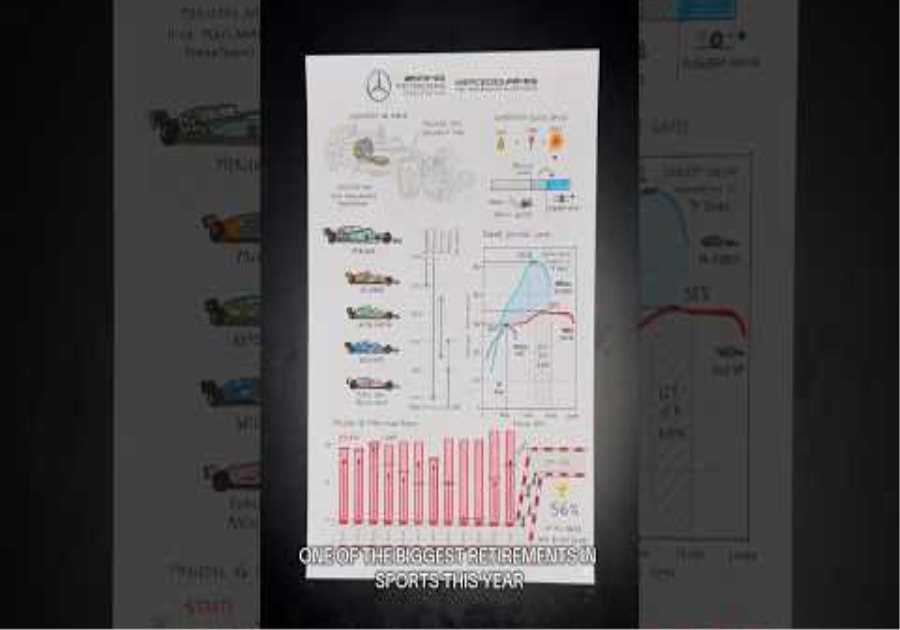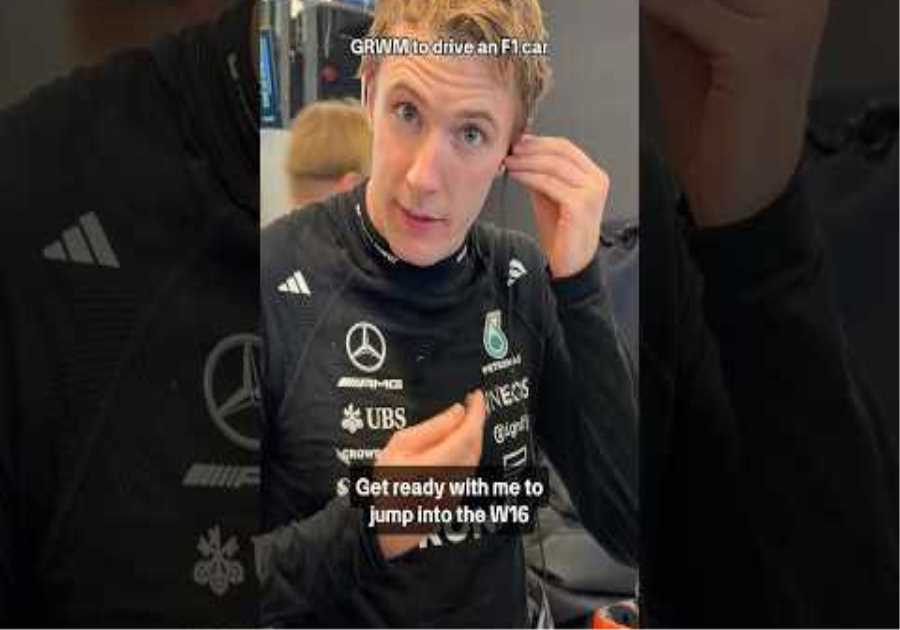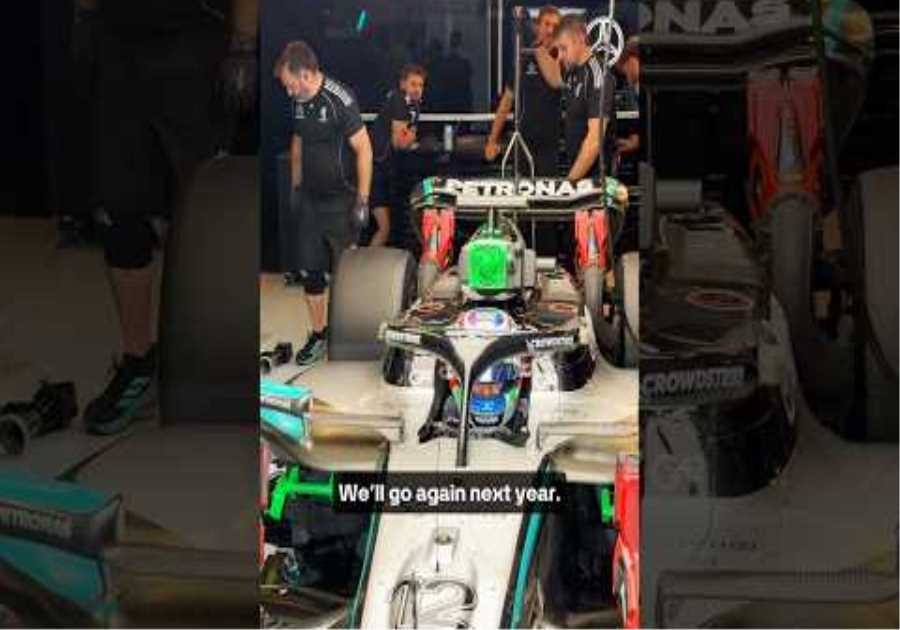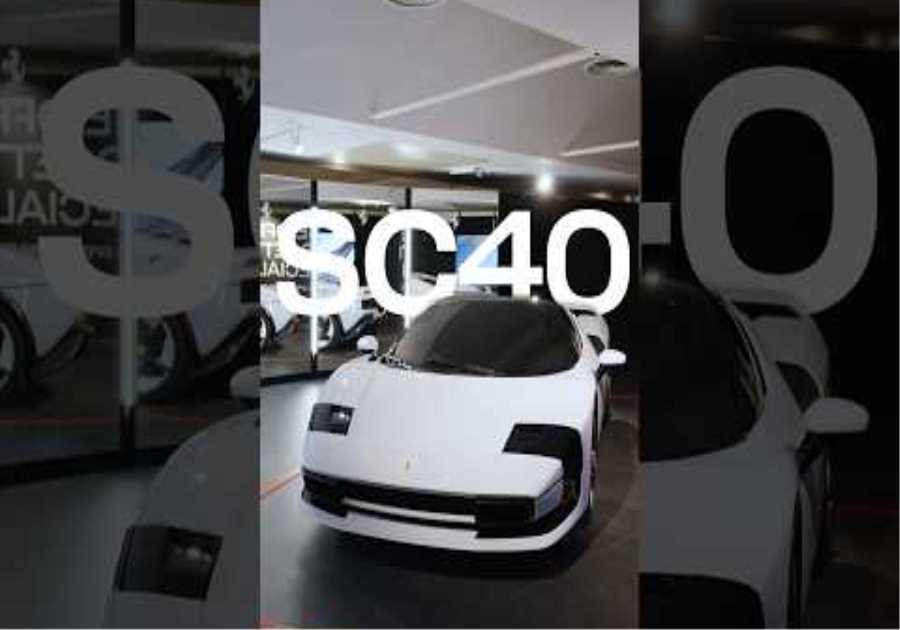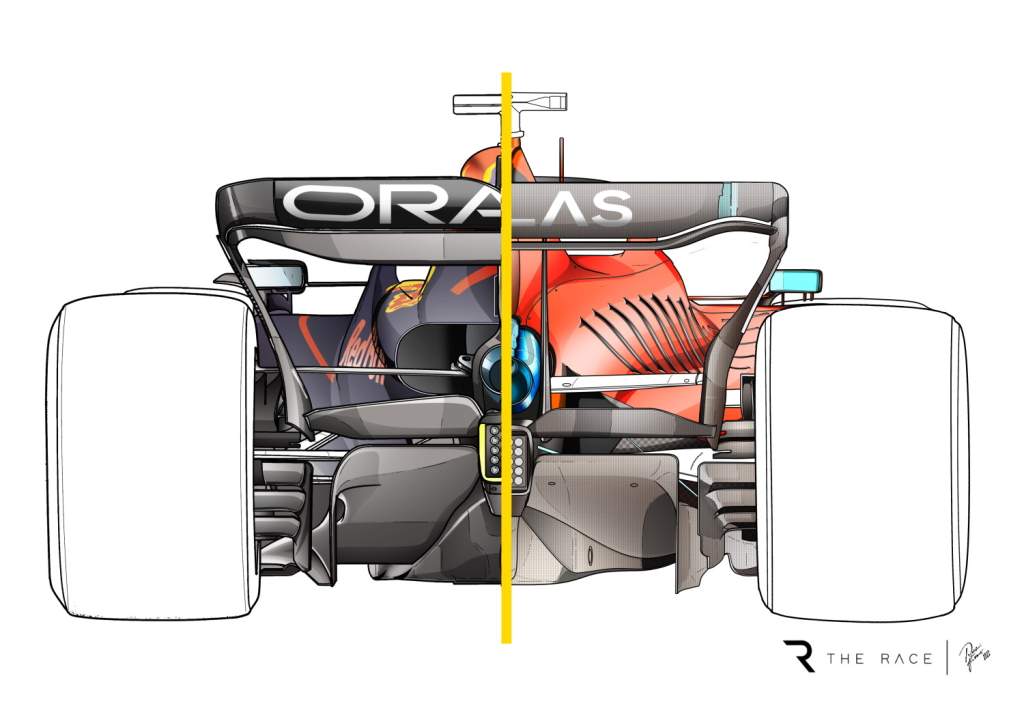
What we saw at Monza is basically the final confirmation that the Red Bull/Max Verstappen combination is too strong for all their Formula 1 opponents right now.
On Ferrari’s home ground, the reigning champion proved to be in perfect symbiosis with his RB18, which in his hands seems to have become unbeatable.
Verstappen has now taken five consecutive victories, spanning Paul Ricard, the Hungaroring, Spa, Zandvoort and Monza. All these circuits are very different from each other – none of them offered a particularly good chance for anyone to beat Verstappen’s Red Bull.
It is also true that the Ferrari seen at Monza was not the same as the one we saw at Spa. It was feared that Ferrari’s Belgian debacle could be repeated in Italy too, as both circuits have similar characteristics. But for its home GP, Ferrari gave everything it had on aerodynamics and engine, obtaining pole position with Charles Leclerc and getting a great comeback from Carlos Sainz in the race on Sunday.
However, giving 110% was not enough. Qualifying again proved to be Ferrari’s strong point. Even in the Netherlands, Ferrari was just a few thousandths behind Red Bull in qualifying. The new soft tire and a single-lap run allow Ferrari to compensate for the problems that arose after the advent of the mid-season technical directive affecting cars’ floors. The problems then return in the race, and Ferrari can do nothing against Red Bull’s pace.
Red Bull had long been favorite for Monza, its 2022 car having distinguished itself all season for being very low-drag. That’s been especially true with the DRS open – though at Monza there is usually not much difference in straight line performance between open and closed DRS, since the chord of the rear wings is always very small.
Yet at Monza, Red Bull amazed with its set-up, bringing a fairly large rear wing compared to those usually introduced for this venue.
It brought two different rear wing specifications, different only as regards the mobile flap. The beam wing was a single element, but it wasn’t a surprise to see it on the Red Bull.
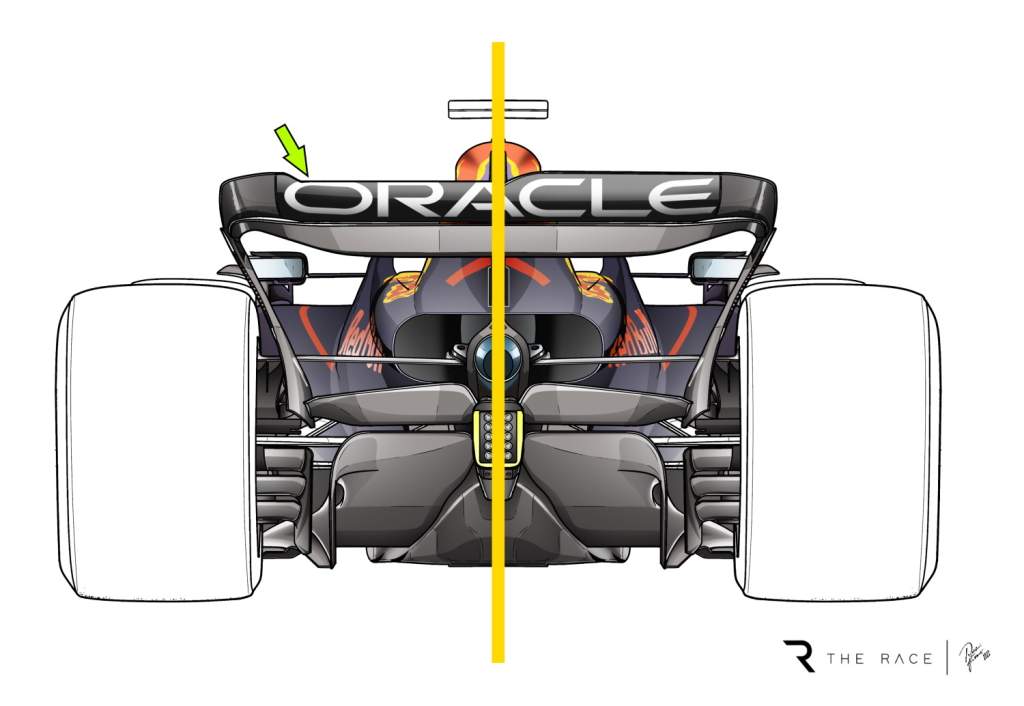
On Friday (left) we saw a mobile flap cut in the upper edge, a functional solution if you want to reduce the drag when the DRS is closed and above all economic in a development race conditioned by the budget cap.
This solution was still overall quite high-downforce compared to the wings we are used to seeing at Monza. In terms of the endplates and mainplane, the wing was in fact the same introduced at the second race in Jeddah, and which also appeared in Baku and at Spa.
However, we did not see this wing in the grand prix itself, as both Verstappen and Sergio Perez raced with the widest moving flap. Red Bull was actually the team with the largest rear wing at Monza.
Despite this, its straight line performance was still almost, demonstrating that Adrian Newey’s car once again contains some secrets.

The rumor in the paddock is that the RB18 is able to stall the entire rear end in a straight line, an aerodynamic condition that separates the air from the aerodynamic surfaces to the advantage of top speed. Besides being a difficult thing to understand, it’s also difficult to put into practice.
In any case, however it was achieved, Red Bull has ended up in the best condition a team could want: having both downforce and speed on the straight.
This turned into a big advantage on tire management, with Verstappen basically helping to make the race on the soft, despite having had to overtake and put some stress on the tyres.
His race pace was exceptional, and obviously the most evident difference to Leclerc was seen in the second and third sectors, where having more downforce helps to carry speed through the Lesmos and Parabolica. Perez was still suffering, but the important thing for Red Bull at present is to give Verstappen the perfect car for him.
Perez struggles with a car that is too unbalanced on the front axle, and despite Monza being a less technical track, there was a big difference in performance between the two drivers.
Perez has continued to use the floor with the slot in the side edge for several grands prix now, while Verstappen uses the older version – which offers him a better feeling with the set-up.
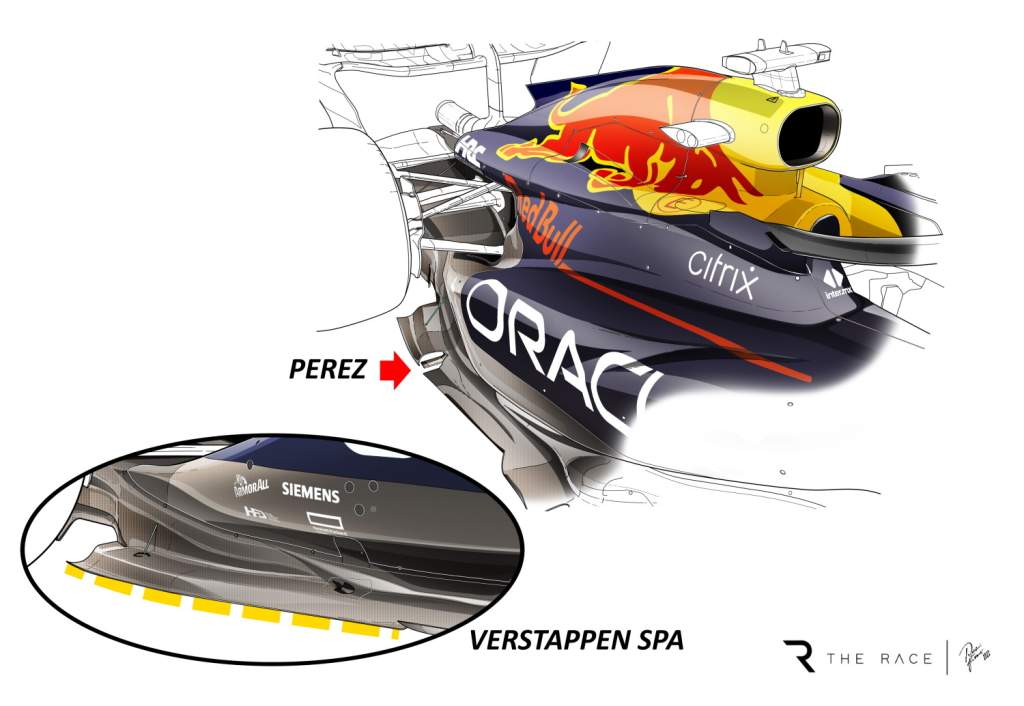
This is a clear sign that the two drivers feel good with and demand two different cars. But the development carried out during the season fits perfectly with Vertappen’s style, while Perez has begun to lose his feeling for the car.
FERRARI’S HUGE EFFORT WASN’T ENOUGH
It is evident Monza was meant to be something of a silver lining in a season which has gradually become a disappointment for Ferrari.
The gap to Red Bull had suddenly opened up in Belgium, although there were already small signs in Hungary.
The F1-75 we saw at Monza was set up in an extreme way, without saving power. In qualifying the engine was set to its maximum potential, after a phase in which Ferrari had been conservative with its unit’s after reliability problems. At Monza it was all or nothing.
In the race, the revs were obviously lower on the engine, but still higher than the average maintained in the last few races.
In addition to the impositon of the technical directive, the engine power argument is one of the possible reasons cited for Ferrari falling away from Red Bull.
Sainz was penalized at Monza for taking the new energy recovery system on his fifth power unit of the season. The new ERS, which will be frozen until 2026, is thought to be 2kg lighter and guarantees better management of electricity to be exploited on a single lap.
Even from an aerodynamic point of view, the F1-75’s set-up was quite extreme, running the rear wing designed for fast tracks like Spa and Monza, but which had been discarded in Belgium.
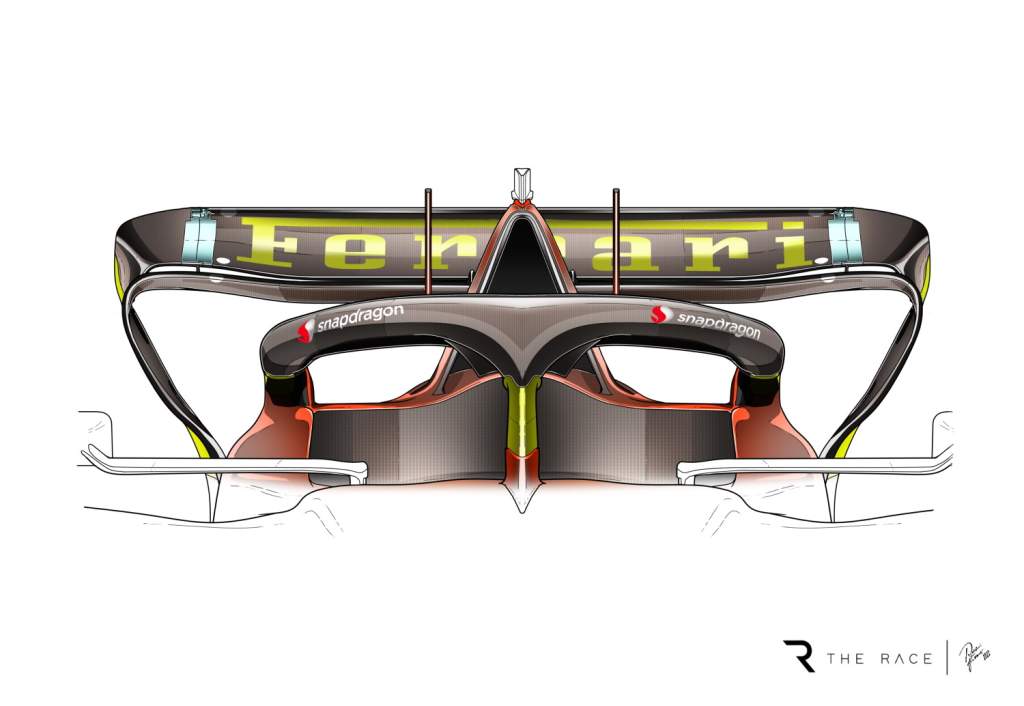
This choice certainly helped in qualifying and on the straights. Sainz managed to make several overtakes on the straight, including the section between the Ascari corner and the Parabolica.
Ferrari’s wing set-up, however, proved to be counterproductive in the race against Red Bull in terms of tire management.
Leclerc would not have been able to achieve the first stint length that Verstappen did, even if Ferrari hadn’t made an early switch to a two-stop strategy by taking advantage of the opportunity offered by the virtual safety car.
The set-up window for the Ferrari is small, and the only chance it had to fight Red Bull was to bet everything on speed on the straights at the expense of tires. This choice did not pay off. The almost neutral rear wing, and the new single-profile beam wing, were designed specifically for Monza, but they couldn’t do anything against Verstappen’s race pace.
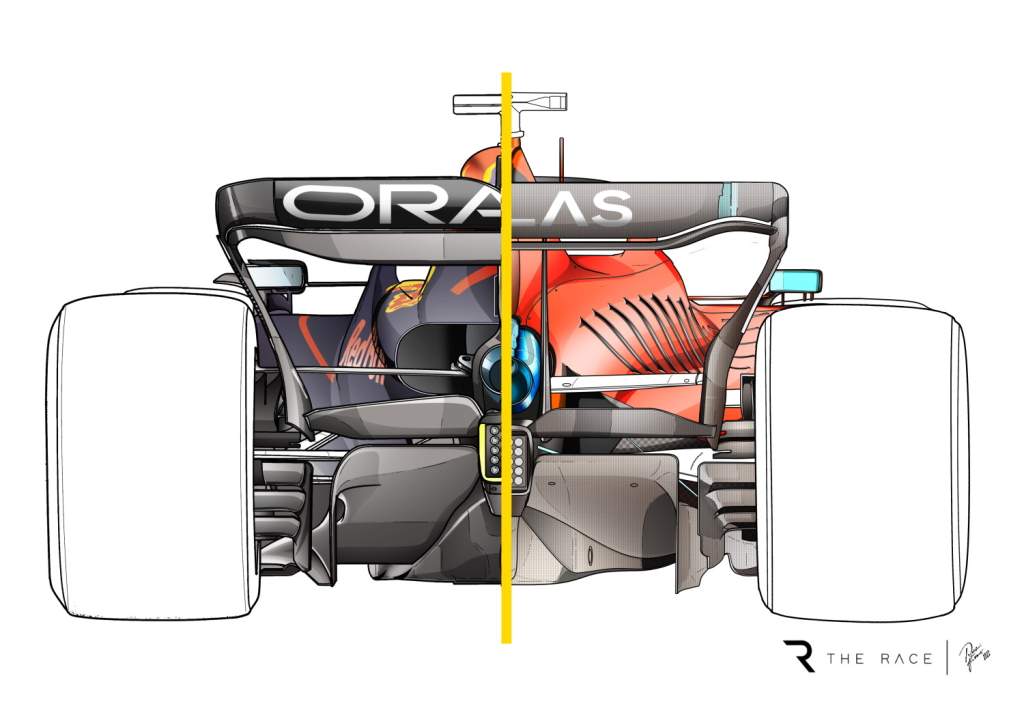
One positive note for Ferrari was that the bigger struggle seen at Spa was not repeated. Another piece of good news concerns the correlation between simulation data and track data.
In free practice, Ferrari carried out data collection work by mounting the oldest floor specification – dating back to before the French GP in July – on Sainz’s car.

But it then decided to put both cars on the updated floor introduced at Paul Ricard. That floor had been the focus of a lot of doubts.
It was modified in the entrance inlets of the venturi canals, with a smaller entrance section in the outermost part, and a larger one in the innermost one, forming a sort of undulating shape. This meant in the outermost part a greater amount of air was channeled to the upper edge of the floor and under the sidepods, partially reducing the downforce by counteracting porpoising.
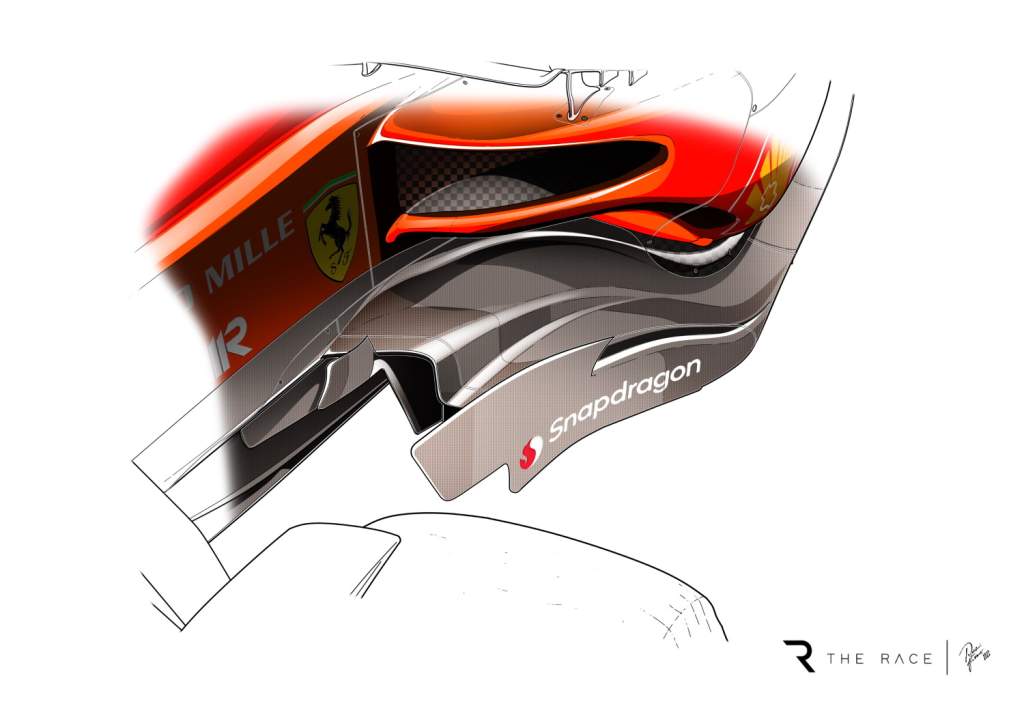
The Friday test carried out by Ferrari is a sign that there is still something it is trying to understand, but that is not attributable to the floor introduced in France, which represented a big upgrade for the F1-75.
There is at least now a gap before Singapore. Given the current situation of Verstappen/Red Bull supremacy it is really difficult to predict when Ferrari might be able to win a grand prix again.
But if there is one circuit where it can do better, it is Marina Bay. That said, updates are expected for all teams, and this may even be where the much-rumored new lighter Red Bull chassis makes its debut.

